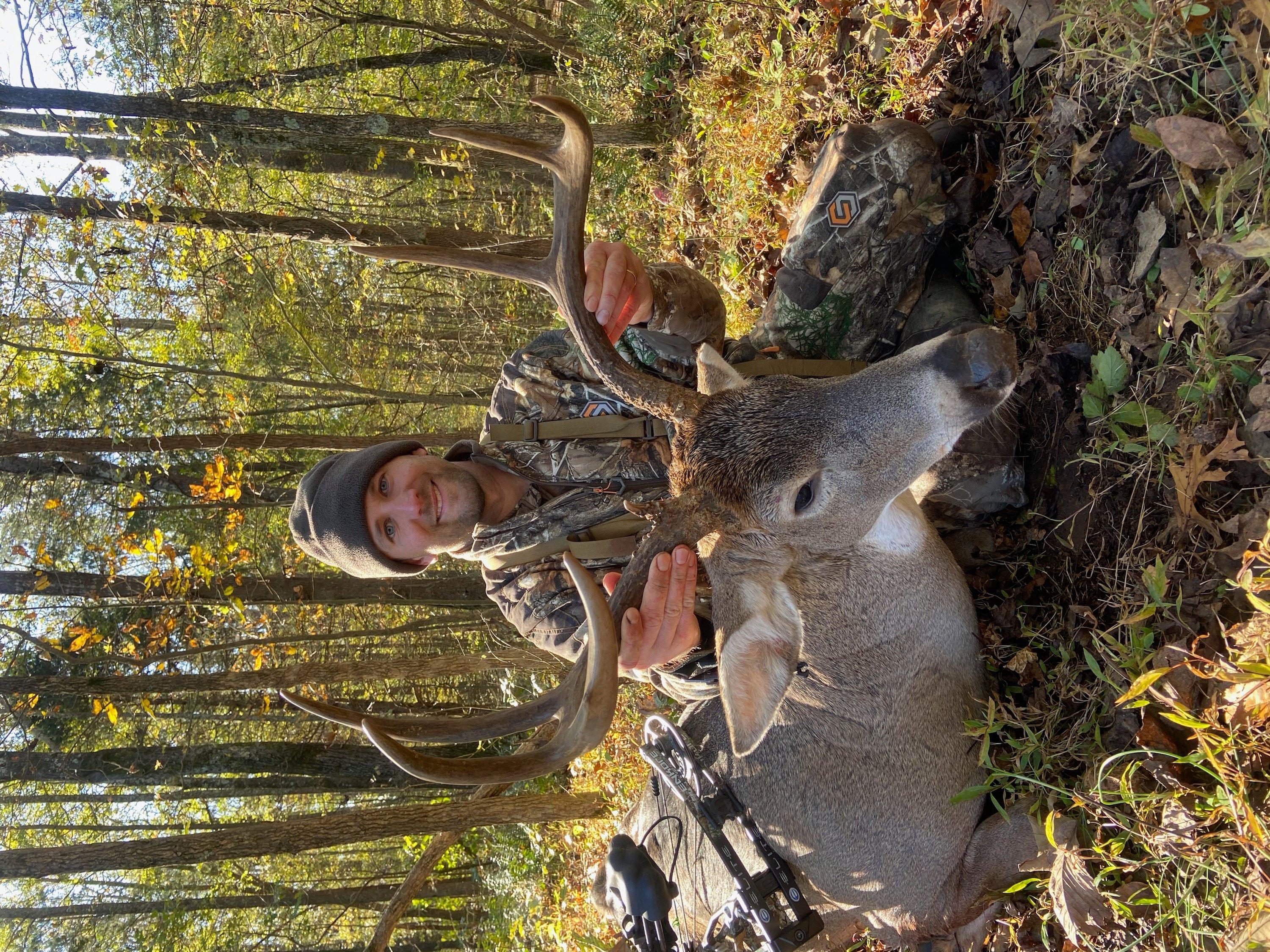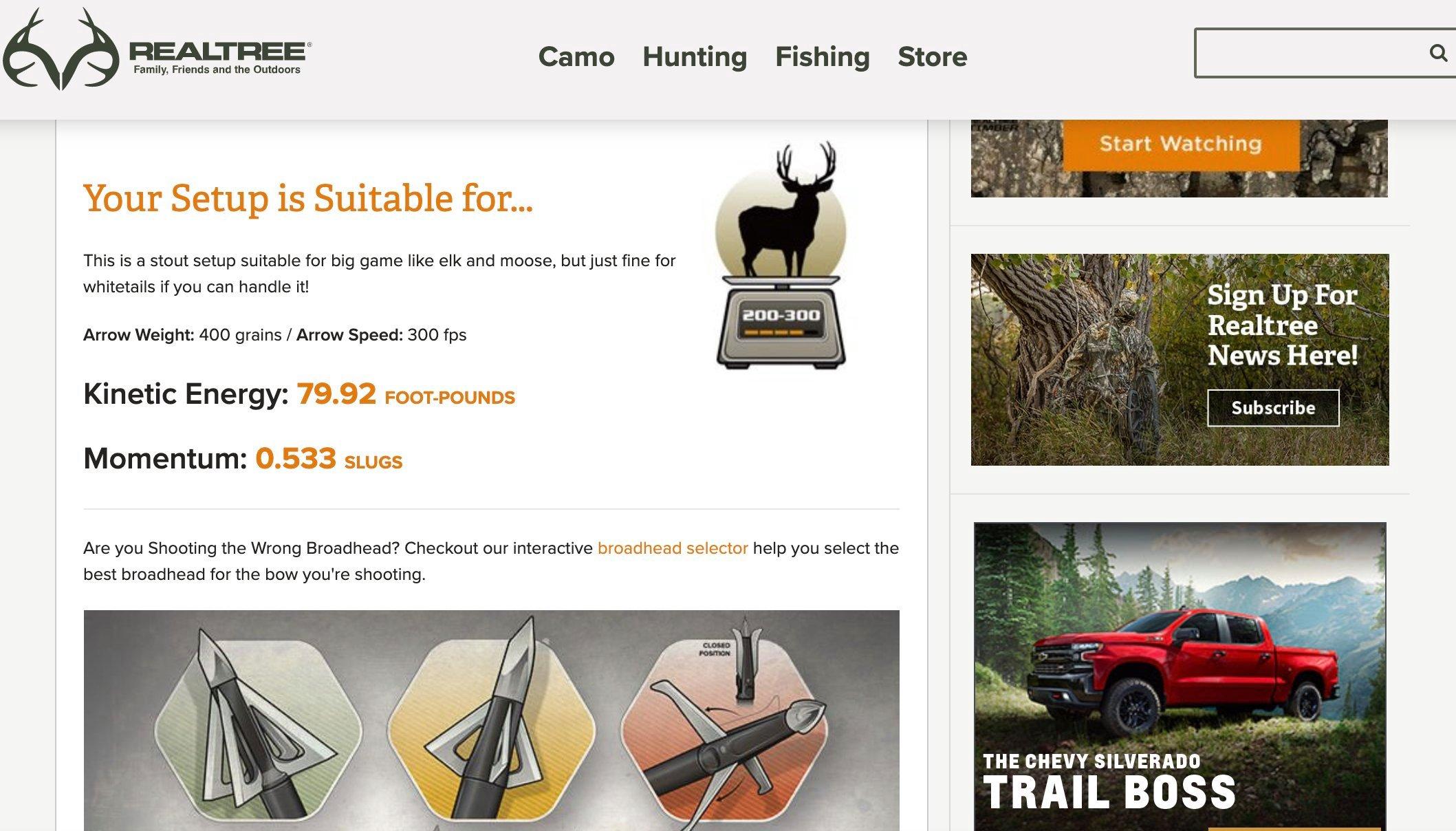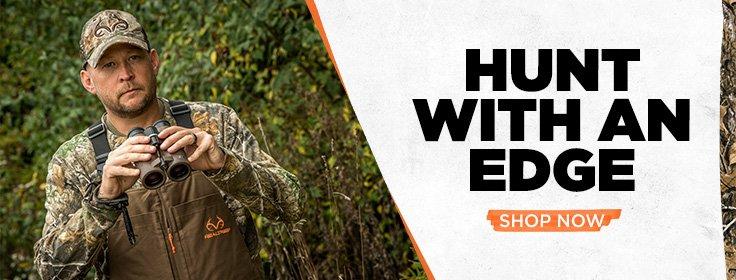When I was a kid, my dad told me that as soon as I could pull 40 pounds, he’d buy me a bow and I could start hunting. That was about 30 years ago, and I remember my trial by fire happening quickly, as if the Old Man had orchestrated the entire thing. We walked into a gas station one evening after that promise had been set in stone, and there was a used compound bow hanging on the wall, for sale. Dad picked it up and looked at the specs.
Forty pounds, he said, and handed it to me. Dad had a look about him, as if he was sure of the outcome ahead. I grabbed the string and yanked my hardest, and that bow’s round wheels might as well have been joined to the axles with concrete. With my puny arms, I couldn’t move them a half turn.
Better go home and do some pushups, Dad said, and he hung the bow back on the wall and paid for his gas. I could’ve cried — and maybe did a little — but the fact is, in those days, my home state had a 40-pound minimum for a legal hunting bow, and given the performance of bows at the time, that minimum was a good thing.
(Don’t Miss: What Will Deer Hunting Be Like in 10 Years?)
Back then, bowhunters puffed and postured a lot on the subject of draw weight. I had buddies who were bigger than me, and they could pull 50 pounds, and everyone in our class knew it. My dad shot 65 pounds. And his broad-shouldered buddy named Bobby shot 80 pounds.
Dang.
Due to the technology of the day, draw weight was a critical factor on arrow penetration potential, and so many states had minimum requirements for a hunting bow to be legal.
Simply put, pound for pound, new bows shoot harder than old ones, so heavy draw weights are no longer needed. Right?
Of course, bows of today are way better. Most of them I’ve tested within the past few years operate at more than 80% efficiency — and the best ones are closer to 90%. Better materials and designs have allowed modern compounds to transfer more of the energy stored from a drawn bow into the arrow, and less of it into limb and riser vibration, cam slap, string and cable oscillation, and other physics terms that would be easier for you to Google than for me to explain.
Simply put, pound for pound, new bows shoot harder than old ones, so heavy draw weights are no longer needed. Right?
It would sure seem that way, since many states have dropped their minimum draw weight requirements, and since more small-framed archers seem to be taking to the woods than ever before. There are pint-sized bow setups with flagship-level technology built in, and even with lighter draw weights, they simply shoot harder than the bows of yesteryear.
But there’s also the man factor flip side. We like more power. On a podcast just the other day, I heard about Joe Rogan’s 95-pound bow nicknamed Kong that he’s paired with a 550-grain arrow.
How ridiculous, I thought to myself. Followed by, I wonder where I could find a 95-pound bow and try pulling it?
There’s still an undeniable obsession with speed among bowhunters, and there’s still an undeniable link between feet per second and draw weight, too. But when the novelty of that fades, most of us are everyday bowhunters with average specs. Given that, how much do you really need to quickly and humanely kill game?
The Answer: 28 Inches and 60 Pounds
I’ve done a bunch of bowhunting in the 30 years since that fateful evening in the gas station, and I have guided a bunch of other successful bowhunters, too. I’ve seen hundreds of game animals felled with archery gear within a wide range of specs. And I’ve learned that for whitetail hunters, at least, it is largely true: Draw weight is way down on the list of bow shopping priorities. But it’s not a nonissue.
If you have an average draw length of 27 to 29 inches, any modern compound bow matched with a good arrow and set to 60 pounds will work just fine on whitetails, mule deer, pronghorns, and the like with whatever broadhead style you prefer, so long as your shot placement is good. It’ll work at 15 yards and out to 60, too.
Longer draw lengths and heavier poundage, then, are just a bonus. If you’re shooting bigger critters that are more difficult to penetrate, go with a slightly heavier arrow with a higher front of center, and use a tough, sharp, fixed-blade broadhead. More poundage won’t hurt, but the heavier arrow will boost your momentum and get that broadhead to where it needs to be.
I personally shoot 60 pounds and 28 inches, and I use 125-grain fixed-blade broadheads paired with 325-grain, 340-spine arrows. I’ve shot through whitetails lengthwise with that — base of the neck and out the hams. I had an arrow stopped by the shield on a big boar hog last winter in Texas, but not before it penetrated 6 inches and pierced the critter’s heart.
(Don’t Miss: The Best Shot Placement on Deer)
So the takeaway? Know your draw length, because unless you’re a growing kid, that won’t change, and get a bow to match it perfectly. If that draw length is between 27 and 29 inches — which is the span for most adult male bowhunters — 60 pounds is plenty, and it’s easy to shoot and handle. More weight is just fine, too, if you’re comfortable with it.
Short Draw Lengths and Light Draw Weights
I’ve guided a number of hunters shooting lightweight setups, too — sub 50 pounds or shorter than 27 inches. Often, hunters with short draw lengths have to shoot light draw weights, too, because they can’t comfortably handle the extra poundage.
Those specs will work just fine, too. But they do require a little more attention to detail. For starters, this is where it really pays to splurge for a top-end bow that ekes out maximum performance. And that’s a little at odds with the youth bows that are frequently sold with those specs. Serious female bowhunters with compact dimensions would be smart to invest in a flagship-level compound, like a Hoyt Eclipse or Mathews Prima. My wife, Michelle, shoots a Mathews Avail — the Prima’s predecessor — set to 25 inches and 47 pounds.
Such a setup also calls for a special arrow that’s at once on the heavy side, but also spined correctly for the bow. Typically, light-spine arrows are also lightweight, but you can overcome that a bit by buying heavy aftermarket inserts and broadheads. Michelle’s arrows are tipped with 50-grain brass inserts and 125-grain cut-on-contact broadheads. Her arrows are slow but they hit hard. She keeps her shots within 25 yards, and on whitetails, she almost always gets a pass-through.
Still Don’t Know? Use This Calculator
CLICK HERE: Realtree Kinetic Energy and Momentum Calculator
When you’re pulling together a new hunting setup, it really helps to have access to both a chronograph and arrow scale, where you can clock and weigh a bunch of different setup combos. With that information, you can calculate your setup’s kinetic energy — which is often advertised and somewhat important — and its momentum potential, which has way more bearing on actual performance on game.
Years ago, we put together interactive tools on Realtree.com for calculating both the kinetic energy and momentum of various setups, and also for selecting the best style of broadhead, given the setup you’re using and the critter you’re hunting. They still work great. If you know what your arrow weighs and how fast it shoots, you can see what your bow is capable of with these resources.
CLICK HERE: Realtree Interactive Broadhead Selector
At the end of the day, the question of draw weight doesn’t matter as much as it once did to bowhunters — but 40 pounds is still a good starting point. Lighter than that will work, too, so long as you know the constraints and make the proper adjustments to your equipment.
















































